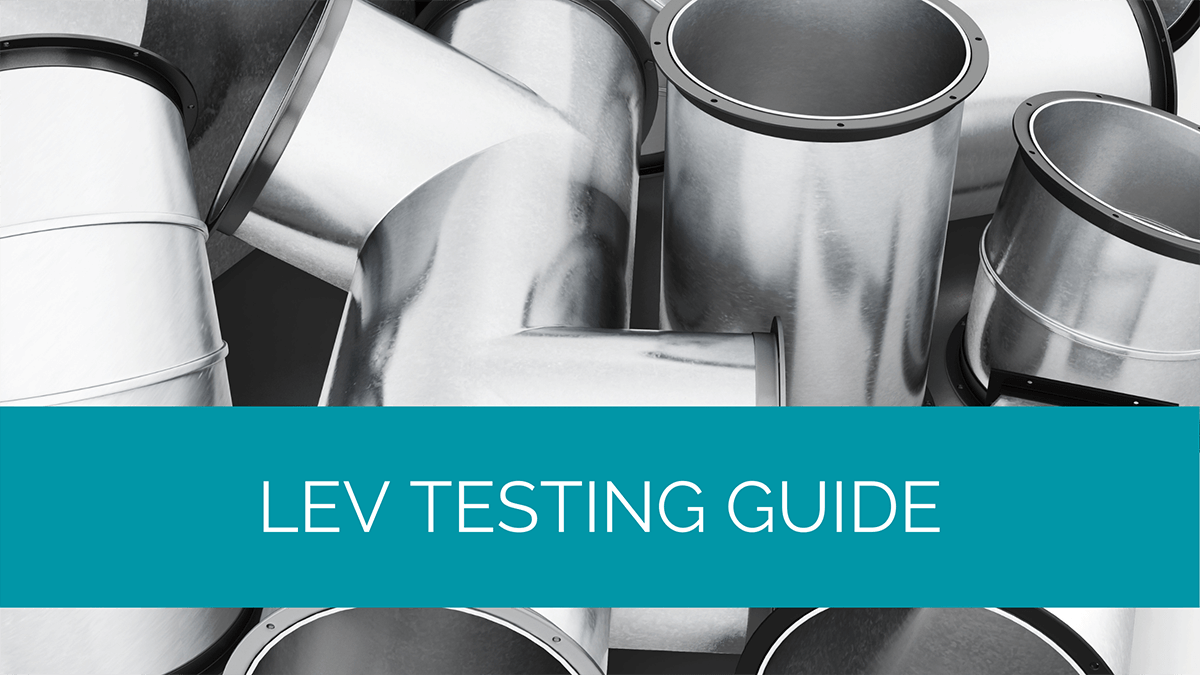Within the UK alone, thousands of workers each year fall victims to either asthma or lung diseases. This usually occurs due to the fumes, particles, dust, and other contaminants that they’ve managed to breathe in on their job site.
Hence, adequately designed local exhaust ventilation (LEV) systems are needed to ensure that the air is kept safe. Read on as we dive into more information about local exhaust ventilation systems.
Contents
What Is Local Exhaust Ventilation (LEV)?
From the most straightforward point of view, local exhaust ventilation systems are vented extraction systems that remove contaminants from the air.
However, these contaminants can be either fumes, gases, dust, vapour, or even mist. Removing these from the air significantly increases the overall air quality in the workplace. In essence, this makes the air safer and reduce all the risks attached to contaminated air.
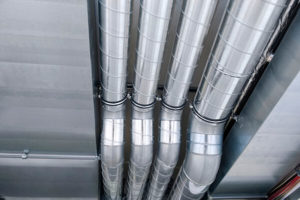 As such, properly designed systems are geared to doing the following:
As such, properly designed systems are geared to doing the following:
- Collecting contaminated air
- Containing the dirty air
- Cleaning the air to remove harmful contaminants
What Is LEV Testing?
LEV Testing ensures that a local exhaust ventilation system functions as it should. Periodic tests are a legal requirement, and they keep workers safe by removing fumes and dust, and other harmful particles within the air.
Why Do I Need LEV Testing?
LEV testing is a legal requirement to conform to the Health and Safety at Work Act. The Act was established in 1974 to ensure that employers maintained safe working conditions for all of their employees.
Hence, all employers who use LEV techniques should ensure that their systems are tested every fourteen months. This ensures that the necessary actions are fixed to ensure that the systems are in good, safe working order.
What Does LEV Testing Involve?
LEV testing requires the entire system to be examined and inspected. Additionally, the practices that govern the LEV system are also carefully looked at as well as technical performance, hood velocity capture, airflow measurements, and a complete assessment of the system in operation.
However, it should be noted that these inspections and examinations are required to be carried out according to strict HSE regulations. If the LEV system doesn’t meet all of the requirements, suggestions will be made by the testing engineer.
What Is the Purpose of an LEV Examination and Test?
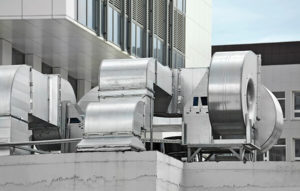 LEV inspections are carried out to ensure that the LEV system is working correctly. Systems are tested to determine their efficiency and if they conform to the most recent Health and Safety Regulations.
LEV inspections are carried out to ensure that the LEV system is working correctly. Systems are tested to determine their efficiency and if they conform to the most recent Health and Safety Regulations.
However, examiners should be appropriately accredited and have specialised knowledge, skills, and relevant experience to carry out the test.
How Often Should LEV Testing Be Carried Out?
Tests on the local exhaust ventilation system should be carried out at least every 14 months ( in certain circumstances, a test can be required more frequently). The results of the test should be kept for a minimum of 5 years.
Additionally, any form of initial information gathered during the installation process is also essential and should be kept until the system is non-functioning.
According to law, employers are required to assess the risks that exist around their workplace continuously. Upon completing the assessment, they are then required to decide the best course of action to protect their worker’s health.
If the assessment includes adding an LEV system, the employer must ensure the proper maintenance and testing are carried out.
What Will Be Contained in the LEV Examination Report?
According to the law, both examination and test reports from the LEV testing should be kept safe. Hence, examiners should ensure that the system follows both code and practice.
The report should contain critical information on the performance levels of the LEV system. The report is usually enough to comply with all of the legal requirements.
What Are the LEV Health and Safety Laws?
According to COSHH Regulation 9, employers are required to prevent the exposure of employees to hazardous substances. However, adequate control is required by reasonable means. The following is the law, as stated by COSHH:
Every employer shall prevent or, where this is not reasonably practicable adequately control the exposure of their employees to substances hazardous to health
What Is The HSG-258 Guidance?
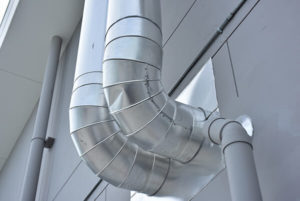 The HSG-258 Guidance was created for employers who use or are planning to use the LEV system. Additionally, it is also aimed at suppliers or LEV equipment. It also correctly describes the principles related to deciding, commissioning, designing, and even effective testing of LEV systems.
The HSG-258 Guidance was created for employers who use or are planning to use the LEV system. Additionally, it is also aimed at suppliers or LEV equipment. It also correctly describes the principles related to deciding, commissioning, designing, and even effective testing of LEV systems.
In essence, the book contains critical information about the various legal responsibilities and roles that are required by employers and suppliers alike.
It also features information on competence, proper design practices and classification, air cleaners, ducts, air movers, and system documentation.
The HSG-258 Guidance also provides both checking and maintenance schedules and how to distinguish defective equipment.
What Is COSHH?
COSHH stands for the Control of Substances Hazardous to Health Regulations and is better known as the law which requires all employers to control substances around their job site that pose a health risk to workers. Workers contact with hazardous substances should be prevented by the following:
- Identifying the site of hazards
- Finding the best solution to prevent harm
- Administering controls to reduce harm as it applies to health
- Ensuring that solutions are effectively used
- Making it a priority to ensure that measures work properly
- Providing the relevant training, information, and instructions for employees
- Monitoring the health of everyone on the worksite
- Effective planning for emergency cases
What Are the LEV Components?
Hood
Hoods are important since they ensure that the entire system is functioning properly. In essence, they are the main entry point of contaminated air, and there are three types:
- Enclosing – provides full extraction since the entire space is enclosed.
- Receiving – a canopy is provided above to create a semi-enclosed space where particles are received.
- Capturing – Three variants are available; Moveable, Fixed, and Low Volume High Velocity, which comes with a series of smaller capture hoods.
Ducting
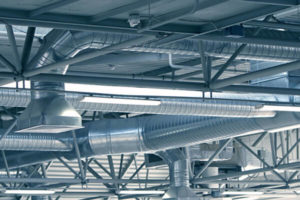 Contaminated air from the hood travels through the ducts and on to the air cleaner.
Contaminated air from the hood travels through the ducts and on to the air cleaner.
Air Cleaner Or Arrestor
Simply put, air cleaners or arrestors are responsible for cleaning the air that has been extracted from the workplace. However, not all systems are required to support this feature.
Air Mover
Air movers power extraction systems. There are different types of air movers:
- Centrifugal – commonly used since it produces a high-pressure difference and a strong flow of air.
- Propeller – used for general venting purposes and is not recommended for situations where there are high levels of pressure.
Discharger
The discharger in the LEV system is responsible for releasing the extracted air into a suitable place.
Conclusion
As we conclude, we have just looked at the most critical information as it pertains to local exhaust ventilation systems. These systems were designed to keep workers safe if they work around harmful substances that produce dust, fumes, mist, and other harmful airborne substances.
Employers are required by law to install these systems to ensure that workers are kept safe at all times. They’re also required to perform regular maintenance and tests to ensure system efficiency and safety.

